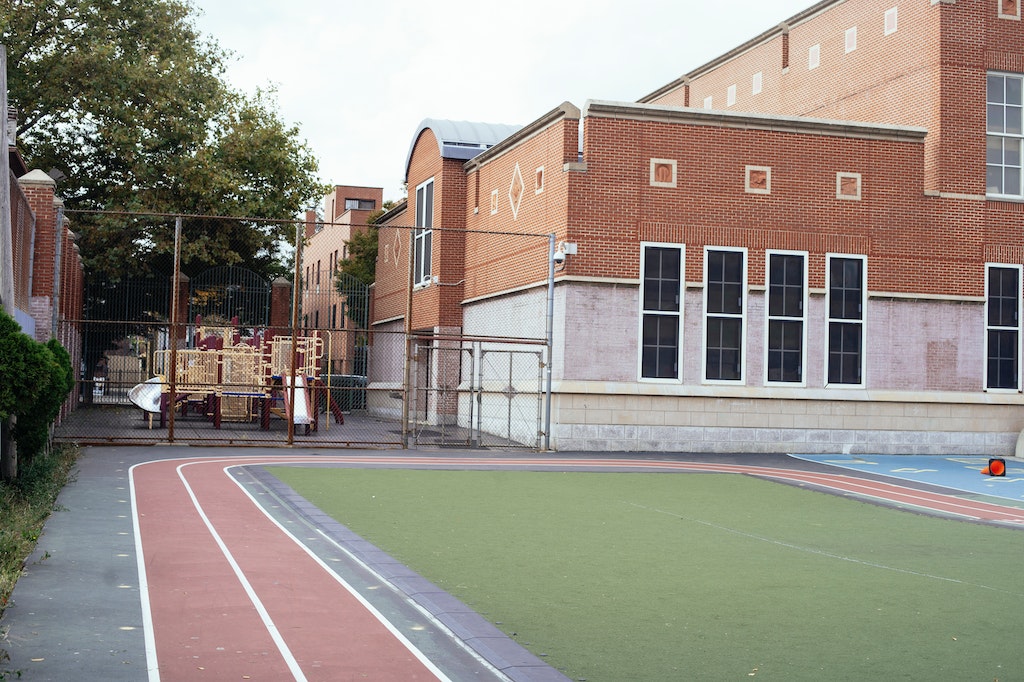
One of the reasons behind the decline in school crime rates is the increasing implementation of modern solutions to make educational facilities safer for those who attend them.
In the past, school security mostly depended on security staff and fencing. However, security tech now allows students, teachers, and staff to benefit from advanced and integrated systems. Let’s explore some of these technologies that are revolutionizing school safety.
Modern Access Control Solutions Prevent Unauthorized Access
Access control devices are designed to prevent unauthorized individuals from getting access to schools or specific areas. This will reduce the chance of external thieves, vandals, and other ill-intentioned individuals committing crimes on the school’s grounds.
In the past, schools relied primarily on door locks and other mechanical solutions to restrict access to authorized individuals. However, many educational facilities nowadays use keypads, key card readers, and fob readers to allow access to areas like libraries and administrative offices. Teachers or security staff may also need a card or a fob to open classrooms early in the morning and close them when school’s out.
For rooms that require additional security, like server rooms or offices containing confidential documents, schools can also implement facial recognition technologies, which work by scanning a person’s face and granting access only to those whose faces were added to the database. Multi-factor authentication (MFA) is also an effective way to strengthen access control policies. It’s a procedure that requires users to use two or more credentials before accessing a certain space. For example, a teacher may have to use both a card and a PIN to enter a room that is off-limits to students and visitors.
Strategically Placed Cameras Can Deter Criminals and Collect Evidence
A classroom security camera system is another vital ally in the effort to reduce episodes like bullying, violence, sexual harassment, and theft.
Video cameras can be a powerful crime deterrent, as criminals tend to avoid operating in areas where they know they are being watched. They are also very effective in collecting evidence when crimes or disciplinary breaches happen on the school’s premises.
Schools should install cameras with high resolution in order to capture clear pictures. Some schools also use a cloud-based system to store and access the footage. This type of system has many advantages over an on-premise one, including lower storage costs and no need for additional hardware. It’s also more scalable, thus allowing schools to easily expand their security system in the future.
Cameras should be placed strategically throughout the schools. Indoor cameras should be installed in hallways, cafeterias, and other areas where supervision is needed, while outdoor cameras should be placed at all entry points, as well as around playgrounds and other areas where students may be hanging out outside of the classroom.
Obviously, schools should also be aware of the legal requirements for installing security cameras.
Motions Sensors Make It Easier to Detect Break-Ins
Motion sensors are devices that can detect suspicious movements within their range and trigger an alert. Combined with video cameras, they can elevate school security to the next level.
They are also very customizable. For example, they can be set up in a way that considers specific actions as suspicious only when they happen at a certain time of the day and in certain areas. For example, movements in a hallway may be considered suspicious when they happen between 9 PM and 5 AM when nobody is supposed to be in that area.
A positive aspect of motion sensors is that they are very easy to install, and they typically don’t require a lot of maintenance, meaning they are not going to weigh heavily on the school’s budget.
Anonymous Reporting Apps Allow Students to Report Issues More Comfortably
These apps can make a great contribution when it comes to boosting school safety.
One reason students don’t always report episodes like bullying, sexual harassment, and other inappropriate behaviors is the fear of retaliation, isolation, or judgment by other students. However, through these apps, students can report these events in a completely anonymous way.
Providing a secure platform for anonymous reporting ensures that every voice can be heard and taken seriously.
Through these apps, schools can also better organize data on the type of event that is being reported. This can help administrators gain precious insights and decide which actions to take to address the issue.

Emergency Response Systems Can Minimize Damages in Unexpected Scenarios
Schools must always be prepared to be ready to face a number of unexpected events. These include fires, floods, and even shooter or hostage-taking situations.
Implementing emergency systems that facilitate a quick and effective response can greatly minimize damage to people and properties in these scenarios.
Emergency response systems usually include warning tools that can alert students, teachers, staff, and authorities of an emergency. They can also provide detailed information on the exact location and type of emergency, as well as communication between school staff and first respondents.
In order to deal with fires, these systems may also include automated sprinkler devices that can contain a fire before it spreads throughout a very localized area.